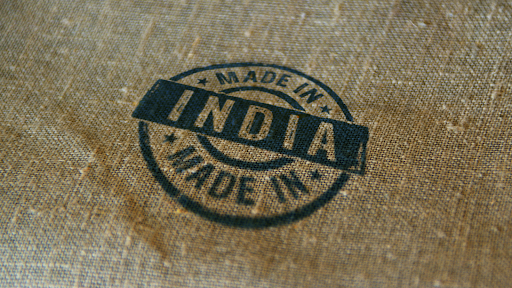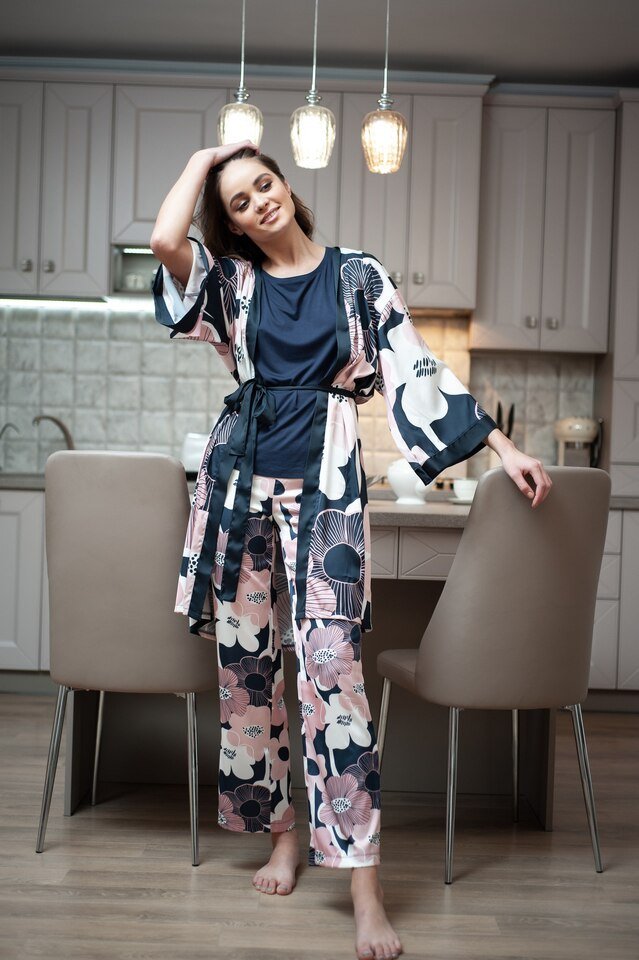Are you a fashion brand looking for cost-efficient production without sacrificing quality?
Do you want a sourcing partner who blends heritage craftsmanship with modern efficiency?
If so, it’s time to look at India.
India is no longer just a textile powerhouse — it’s a dynamic ecosystem for global fashion brands to source, scale, and succeed through manufacturing garments in India. With its combination of skilled labor, digital innovation, and ethical production, India is rapidly becoming the first choice for smart fashion sourcing.
In this guide, you’ll discover the strategic reasons behind the shift toward manufacturing garments in India and how manufacturers like Kanika Global are helping brands stay ahead of the curve.
What’s Driving the Shift to India for Fashion Sourcing?
The global fashion industry is facing rapid transformation.
From rising costs in China to increasing demand for sustainable and ethical production, sourcing decisions are under more scrutiny than ever before.
Here’s what makes manufacturing garments in India stand out:
- Affordability without quality compromise
- Rich textile history and a skilled workforce
- Green and ethical manufacturing standards
- Strong digital infrastructure and export readiness
From artisanal embroidery to AI-driven planning systems, India offers a rare balance of tradition and technology, making it a game-changer for brands looking to grow responsibly through manufacturing garments in India.
1. Cost-Effective Production with High Quality
Let’s face it — price matters.
But so does quality. And India delivers both.
Why It Matters:
- Margins are tight, especially in retail and e-commerce
- Consumers expect premium quality at reasonable prices
- Brands need production partners who don’t cut corners
How It Works:
India has access to:
- A large pool of experienced garment workers
- Locally available raw materials, reducing logistics costs
- Vertically integrated factories that streamline operations
- Competitive wages that maintain affordability while ensuring ethical pay
Manufacturers like Kanika Global are built to optimize cost per unit while maintaining meticulous attention to detail in manufacturing garments in India.
Whether you’re producing fast fashion or bridalwear, India helps you get it done — affordably and beautifully.
2. Rich Textile Heritage and Skilled Workforce
India’s textile journey didn’t start yesterday.
It’s a legacy industry — and that matters when you want more than just mass production.
Why It Matters:
- Craftsmanship adds character and value to your garments
- Unique textile capabilities support design innovation
- Human skill is irreplaceable in premium categories
How It Works:
From the handlooms of Varanasi to the dye houses of Gujarat:
- Indian artisans are masters of embroidery, beading, and tailoring
- Weavers and dyers bring regional fabric techniques to global trends
- Technicians use CAD and automated machines for precision
At Kanika Global, for example, hand-finished gowns, children’s wear, and embellished garments are produced in the same facility as fast fashion basics, bridging creativity with consistency in manufacturing garments in India.
3. Sustainability and Ethical Manufacturing
Sourcing isn’t just about output anymore.
It’s about impact.
Fashion buyers, investors, and end customers are all asking the same question: How was this made?
Why It Matters:
- Sustainability affects brand perception and trust
- Ethical sourcing is now required by major retailers
- Transparency helps brands stand out in a crowded market
How It Works:
India’s top manufacturers now lead the charge with:
- GOTS-certified organic cotton and recycled fibers
- Zero-liquid-discharge dye houses and solar-powered factories
- Waste minimization programs that reuse scraps or donate surplus
- Auditable ethical labor practices that ensure worker well-being
Kanika Global is SEDEX-, OEKO-TEX-, ISO-, and GOTS-certified, helping brands meet ESG goals and tell a powerful product story through manufacturing garments in India.
4. Robust Infrastructure and Government Support
Think India’s still difficult to export from? Think again.
The country’s textile infrastructure has never been stronger, and it’s only improving.
Why It Matters:
- On-time delivery = stronger brand reputation
- Simplified documentation = fewer headaches
- Better infrastructure = faster turnaround times
How It Works:
Recent reforms and investments include:
- PLI Scheme – incentives for producing MMF and technical textiles
- Mega Integrated Textile Parks – centralized hubs to reduce cost and time
- Trade deals with UK, UAE, and Australia that reduce tariffs
- Digitized customs and logistics tracking to improve accuracy
Kanika and other manufacturers now offer freight coordination, customs clearance support, and real-time shipping updates, taking the load off your internal teams in manufacturing garments in India.
5. Diversification of Supply Chains
Relying on one region for manufacturing is no longer viable.
India provides a strong alternative — or complement — to your existing supply chain.
Why It Matters:
- Geopolitical tension and trade barriers can delay shipments
- Pandemic-related lockdowns exposed sourcing vulnerabilities
- Brands need backup partners who can step in fast
How It Works:
India supports:
- Full-production migration from countries like China or Bangladesh
- Partial diversification to balance categories across regions
- Multi-category production (denim, knits, embroidery, etc.) from different clusters
Kanika helps new clients onboard seamlessly by providing tech packs, pricing models, and timeline planning, ensuring a smooth and secure transition to manufacturing garments in India.
6. Digital Transformation and Smart Manufacturing
Gone are the days of clunky communication and manual systems.
India’s manufacturers are now digitally enabled partners, ready to plug into your tech stack.
Why It Matters:
- Brands need faster development cycles
- Errors and inefficiencies cost time and money
- Tech integration improves transparency and forecasting
How It Works:
Top manufacturers now offer:
- 3D prototyping and virtual sampling to cut lead time
- AI-based inventory and reorder management
- ERP systems and cloud-based production tracking
- QR-coded traceability for sustainable fashion lines
Kanika uses digital dashboards, automated alerts, and CAD tech, making it easier to keep your production pipeline lean, fast, and reliable in manufacturing garments in India.
7. Expanding Domestic Market and Global Fashion Appeal
India isn’t just a backend anymore — it’s also a thriving front-end.
Fashion trends, social media influence, and celebrity culture are booming locally, creating new demand and collaborations.
Why It Matters:
- Brands producing in India can also expand into the market
- India is a growing hub for influencer marketing and fashion e-commerce
- Cross-border collabs open up new revenue streams
How It Works:
- Co-branded product drops with Indian designers
- D2C brands selling both internationally and domestically
- Local sourcing of packaging and accessories to save cost
With the rise in global demand for ethnic styles, manufacturing garments in India offers a strategic advantage for meeting this trend.
Final Thoughts: Why India is a Strategic Move for Fashion Brands
Sourcing in 2025 isn’t just about who’s cheapest.
It’s about who’s capable, scalable, and responsible.
India checks all the boxes:
- Cost-effective
- Ethical and certified
- Tech-savvy
- Skilled and creative
- Export-ready and future-focused
Whether you’re launching your first collection or scaling globally, manufacturing garments in India, including partners like Kanika Global, we are ready to help you build a stronger, more sustainable supply chain.
FAQs
Q1: How does sourcing from India compare to China in terms of cost and quality?
India is often more competitive in pricing, especially for hand-finished or customized garments. Quality is on par — and sometimes better — particularly in categories like bridal, embroidery, or children’s wear when manufacturing garments in India.
Q2: Are Indian manufacturers reliable for fast fashion timelines?
Yes. Manufacturers like Kanika offer accelerated timelines with full transparency and digital support, ensuring you meet drop dates without compromising quality in manufacturing garments in India.
Q3: Do Indian manufacturers follow ethical labor and environmental standards?
Top-tier manufacturers are SEDEX, GOTS, OEKO-TEX, and ISO certified. They comply with both Western retailer audits and local labor laws, ensuring transparency and ethics in manufacturing garments in India.
Q4: Can I start with small batch production in India?
Absolutely. India is flexible with MOQs. Kanika, for example, supports small brands and start-ups with sampling, design development, and batch-wise production in manufacturing garments in India.


